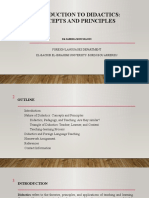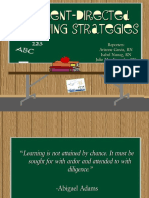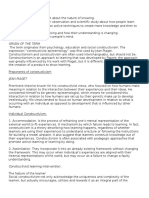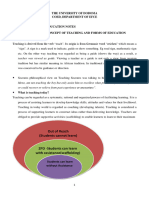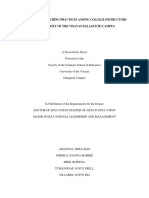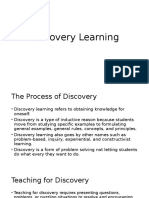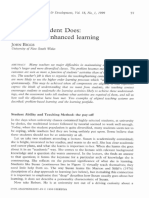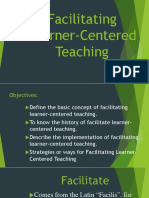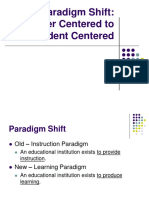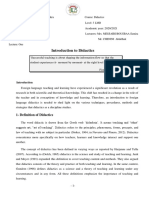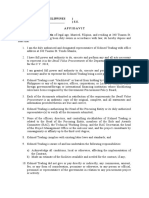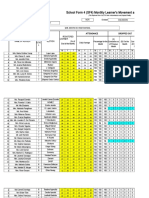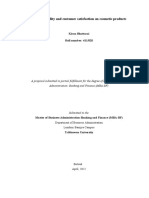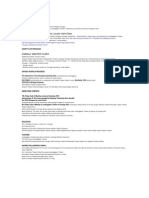0% found this document useful (0 votes)
43 views1 pageDidactic Triangle
The didactic triangle consists of three interrelated elements: the instructor, the student, and the content, which must all be considered to enhance learning experiences. Effective teaching and learning outcomes depend on the relationships between these elements, including classroom management, content organization, and student engagement. Instructors' actions significantly influence the learning relationship, even if they are not directly involved in the student's interaction with the content.
Uploaded by
franck.herlingCopyright
© © All Rights Reserved
We take content rights seriously. If you suspect this is your content, claim it here.
Available Formats
Download as PDF, TXT or read online on Scribd
0% found this document useful (0 votes)
43 views1 pageDidactic Triangle
The didactic triangle consists of three interrelated elements: the instructor, the student, and the content, which must all be considered to enhance learning experiences. Effective teaching and learning outcomes depend on the relationships between these elements, including classroom management, content organization, and student engagement. Instructors' actions significantly influence the learning relationship, even if they are not directly involved in the student's interaction with the content.
Uploaded by
franck.herlingCopyright
© © All Rights Reserved
We take content rights seriously. If you suspect this is your content, claim it here.
Available Formats
Download as PDF, TXT or read online on Scribd
/ 1


